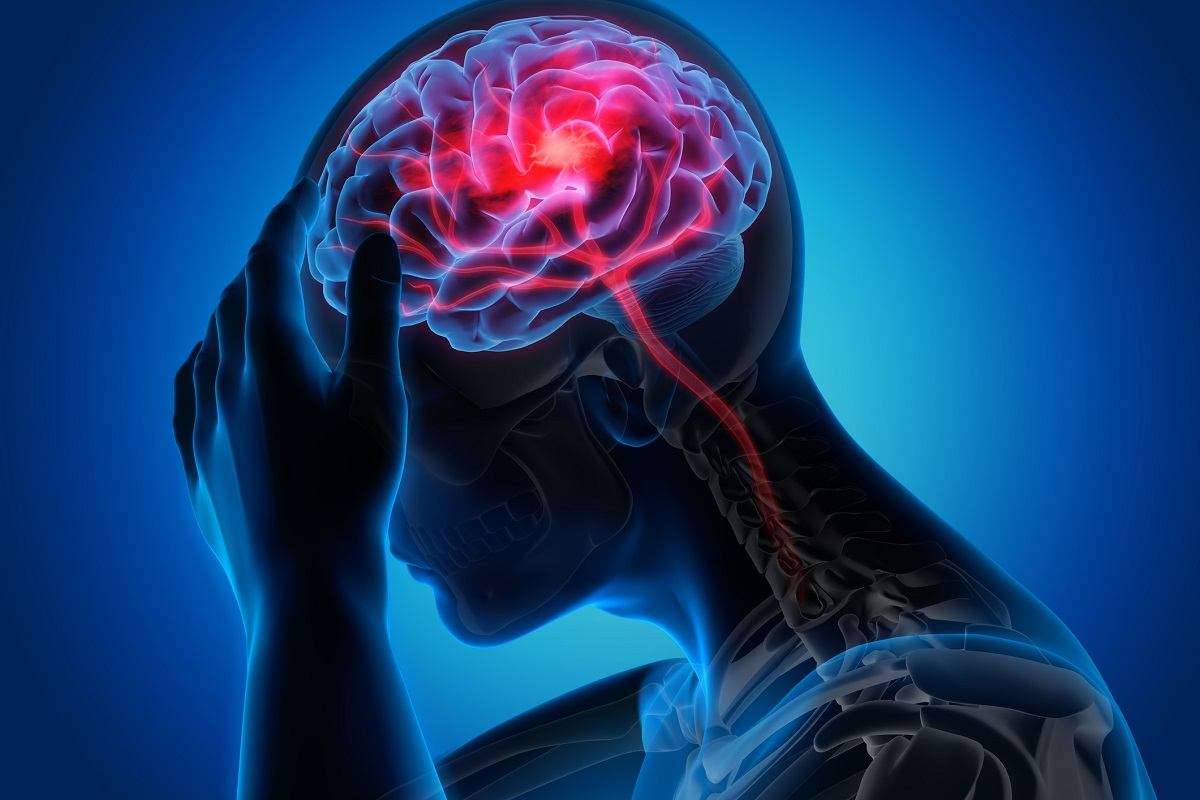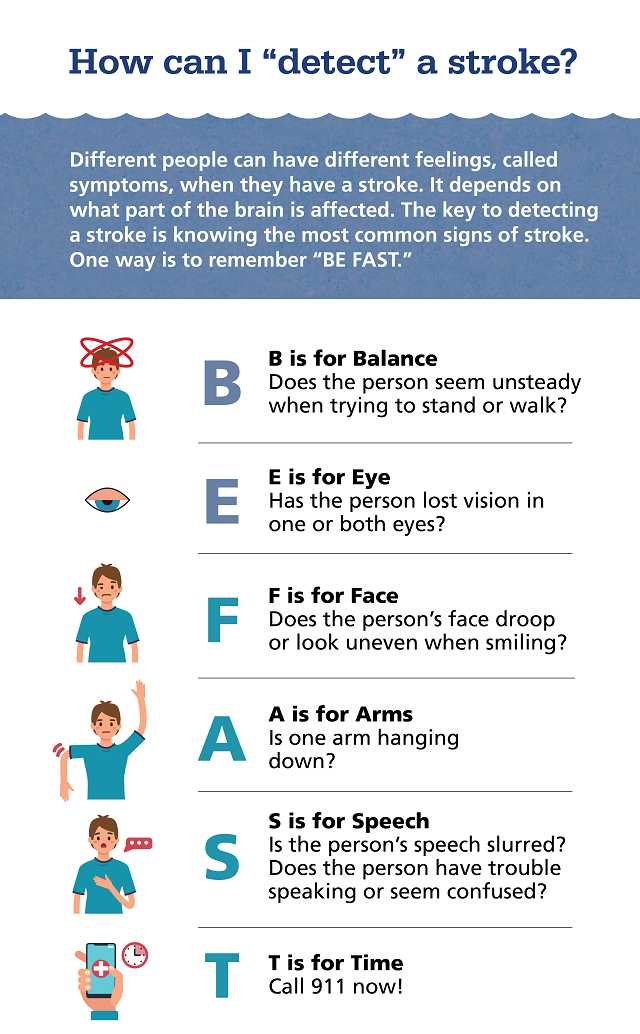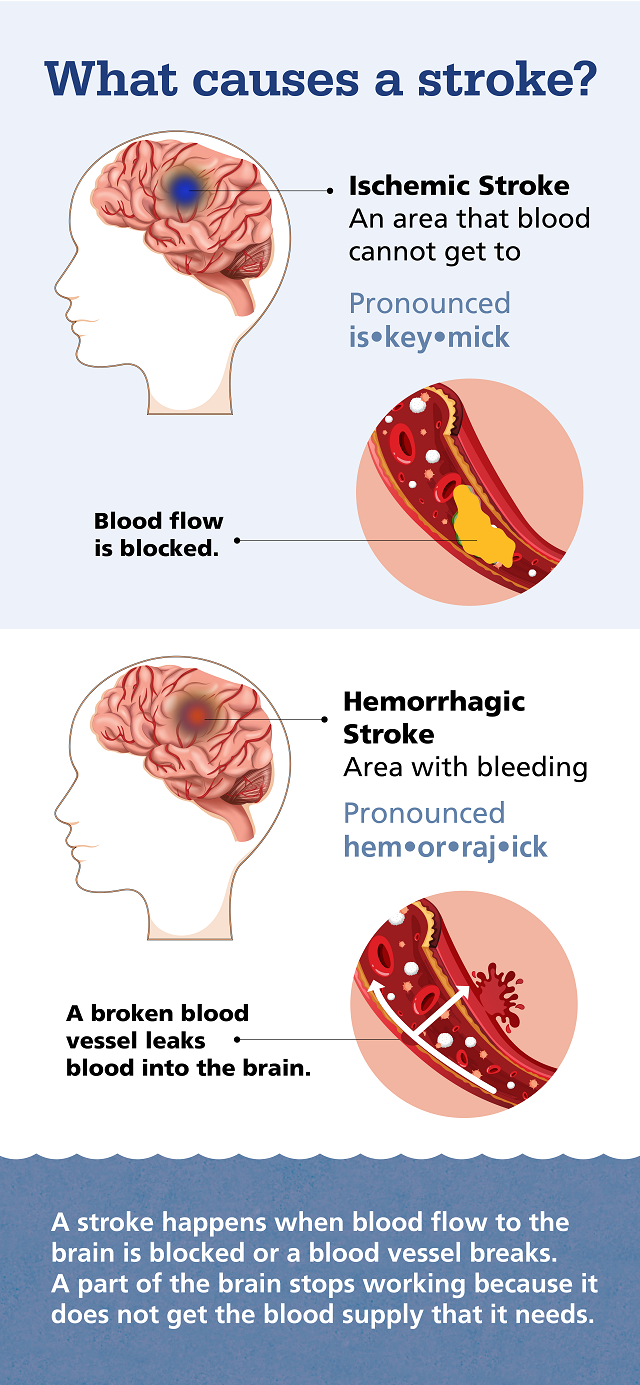
Staff at Penn State Health Milton S. Hershey Medical Center know the drill and that every second counts.
May 15, 2024
For them, it starts like this: an Emergency Medical Services provider calls into the hospital to let them know they’re arriving with someone having a “brain attack.”
“It’s an activation. An alert,” said Cesar Velasco, stroke program coordinator at the medical center. “The estimated time of arrival from EMS gives us time to be prepared.”
Emergency doctors and nurses get ready, and, at a comprehensive stroke center like Milton S. Hershey Medical Center, so does the neurology team. When the patient arrives, neurosurgeons and neurologists jump in to examine the patient and interview family and the emergency response team.
“The assessment is quick, because ‘time is brain,’” Velasco said. “We know that every hour your brain is losing valuable neurons that help it function normally. So, the sooner we can treat them, the better the outcomes.”
At Milton S. Hershey Medical Center, doctors can help a patient suffering a stroke in various ways. They provide acute interventions that include intravenous medication that dissolve clots and endovascular thrombectomy, which is a surgical procedure to remove a clot causing disruption of blood flow to the brain. These treatments are time sensitive and can only be delivered to patients who meet acute treatment criteria.
But none of it can happen without that first 911 call.
Health care experts like Velasco need friends, family and bystanders to spring into action as quickly as they do. An understanding of the warning signs that precede a stroke can make all the difference when, as it does for 795,000 people every year in the U.S., someone has a stroke.
The images below provide details about the two major types of stroke and how to recognize when someone might need help.
Read them, save them and share them with others.


Related content:
- The Medical Minute: Prevent a stroke by knowing your risks
- The Medical Minute: Carotid stenosis increases stroke risk
- More about strokes from Penn State Health
The Medical Minute is a weekly health news feature produced by Penn State Health. Articles feature the expertise of faculty, physicians and staff, and are designed to offer timely, relevant health information of interest to a broad audience.
